Why Our Buildings Look Different
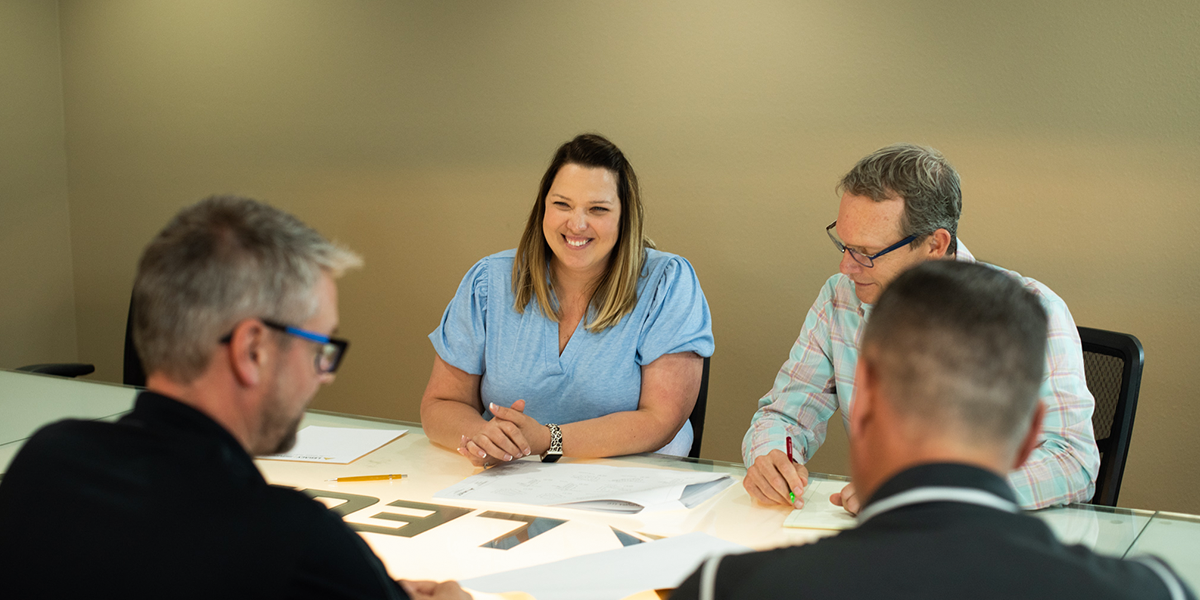
We don’t need to tell you our tension fabric structures are different (even though we do it often). You can just look at them. Straight walls, solid steel frames, clean lines, and cladding tensioned so that it looks just like a solid surface made from traditional materials.
Many of the facts that make our buildings look different and beautiful are done for functional reasons. For example, we use solid steel frames and our proprietary PVC fabric, ExxoTec™, to increase the durability, strength, and longevity of our structures.
Nevertheless, the architectural feel of our structures shouldn’t be ignored. The fact is, our buildings look good and here’s why.
We can include architectural elements in our designs and structures primarily because we customize every project. We always start from scratch. We don’t sell any off-the-shelf, pre-determined models from a catalog. If you order one of those, you get what you get.
We start with what you need and how you want your building to look. Then we go from there. Consequently, we can offer:

- Offset peaks—You can, of course, have a completely symmetrical roof where the peak is precisely in the center. We can do that. However, we can also do an offset peak to make the building a bit more interesting. Often these offset peaks are primarily created for functional reasons, but we also think they make the building work on an aesthetic level. There is no real challenge here other than making sure you keep your sides straight as they erect the building.
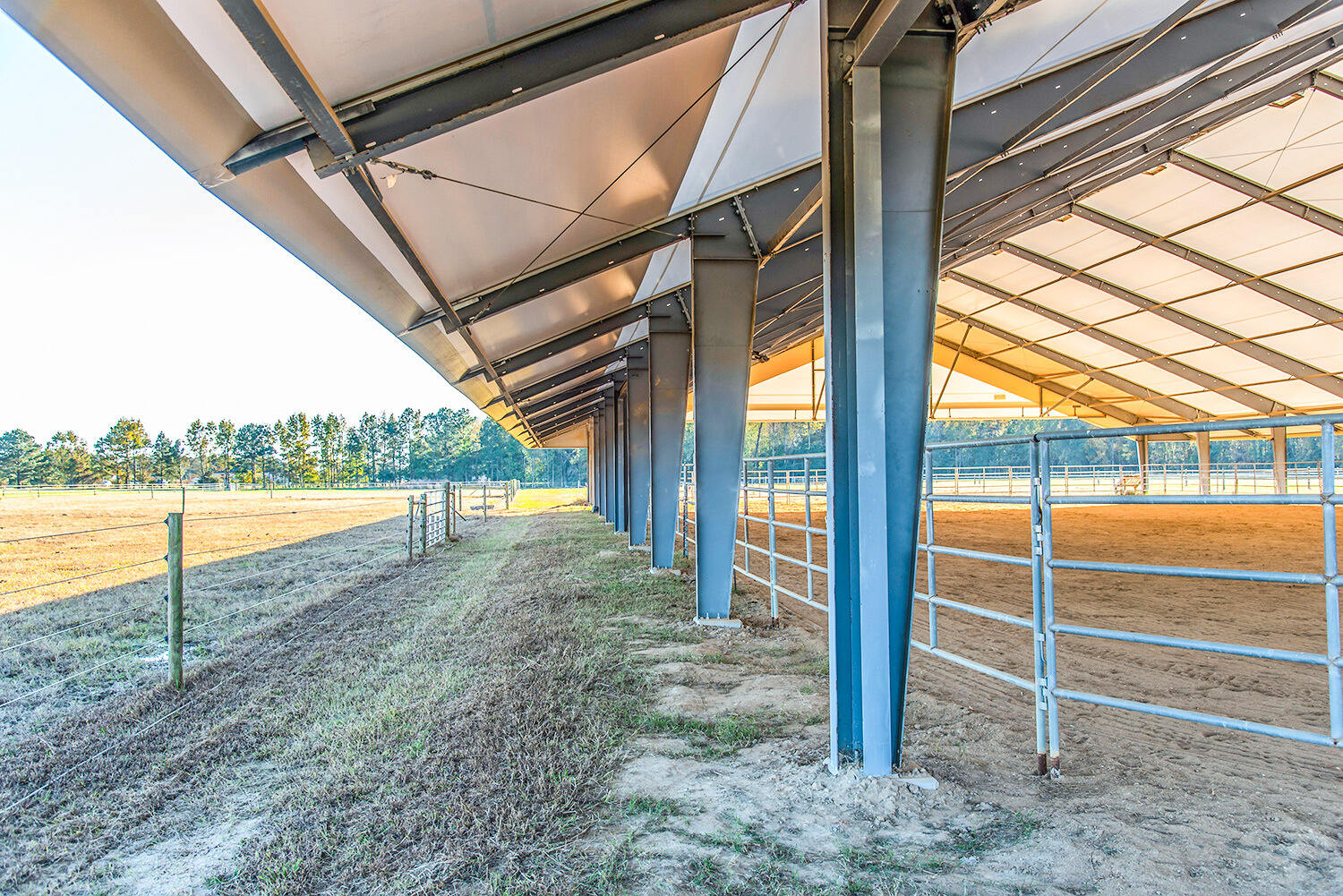
- Eave extensions and sidewall / endwall canopies —Roof extensions past the sidewall can extend the eave overhang past our standard 18” be to create a canopy over the outside sidewall of the building. Additionally, we can add a canopy over door openings at the sidewalls or endwalls We have experience in canopies covering overhead doors and walk doors.
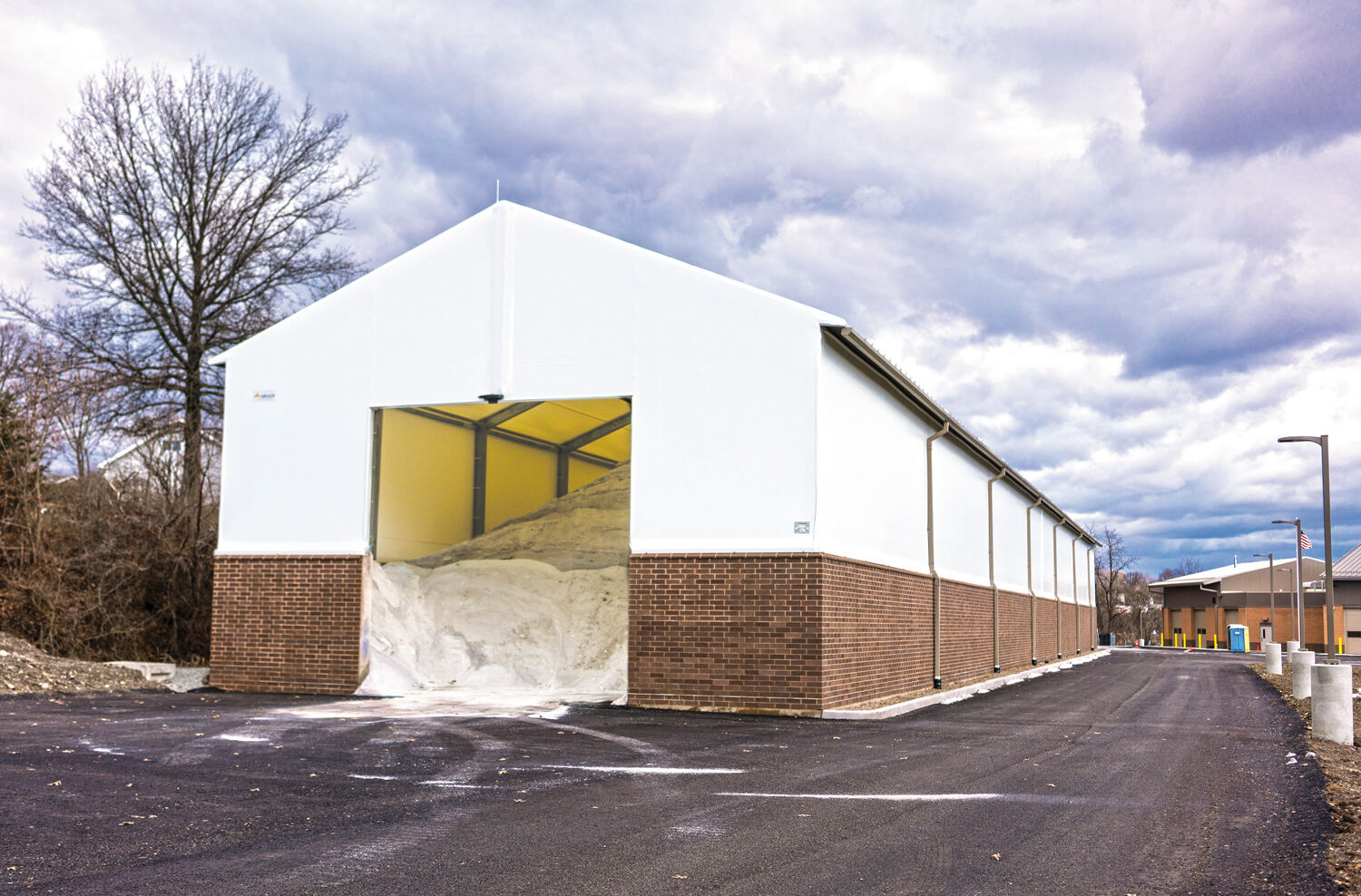
- Various wall and roof coverings—Legacy specializes in all-fabric buildings but we can also do hybrid structures that incorporate other more traditional materials—such as steel or wood or brick. Each kind of wall covering requires a different backup system to support it. Our fabric panels naturally span from frame to frame. Standard metal panels, insulated panels, and other wall coverings require more elaborate framing systems to support them. Brick, concrete, or precast panels also require framed wall systems unique to each material, which we are experienced in providing on our buildings.
- Multiple roof heights—With the Ontario International Airport, we needed to have two roof heights, one for the front and a lower one in the back (to abide by FAA regulations because it was near a runway).
“Legacy was the only one that could do a two-stepped building, so we could have a high part in front …and then have it stepped down, so we stay out of the clearance zone,” James Kesler, Ontario Airport
With multiple roof heights, there may be multiple frame designs for the building when we have multiple column heights.
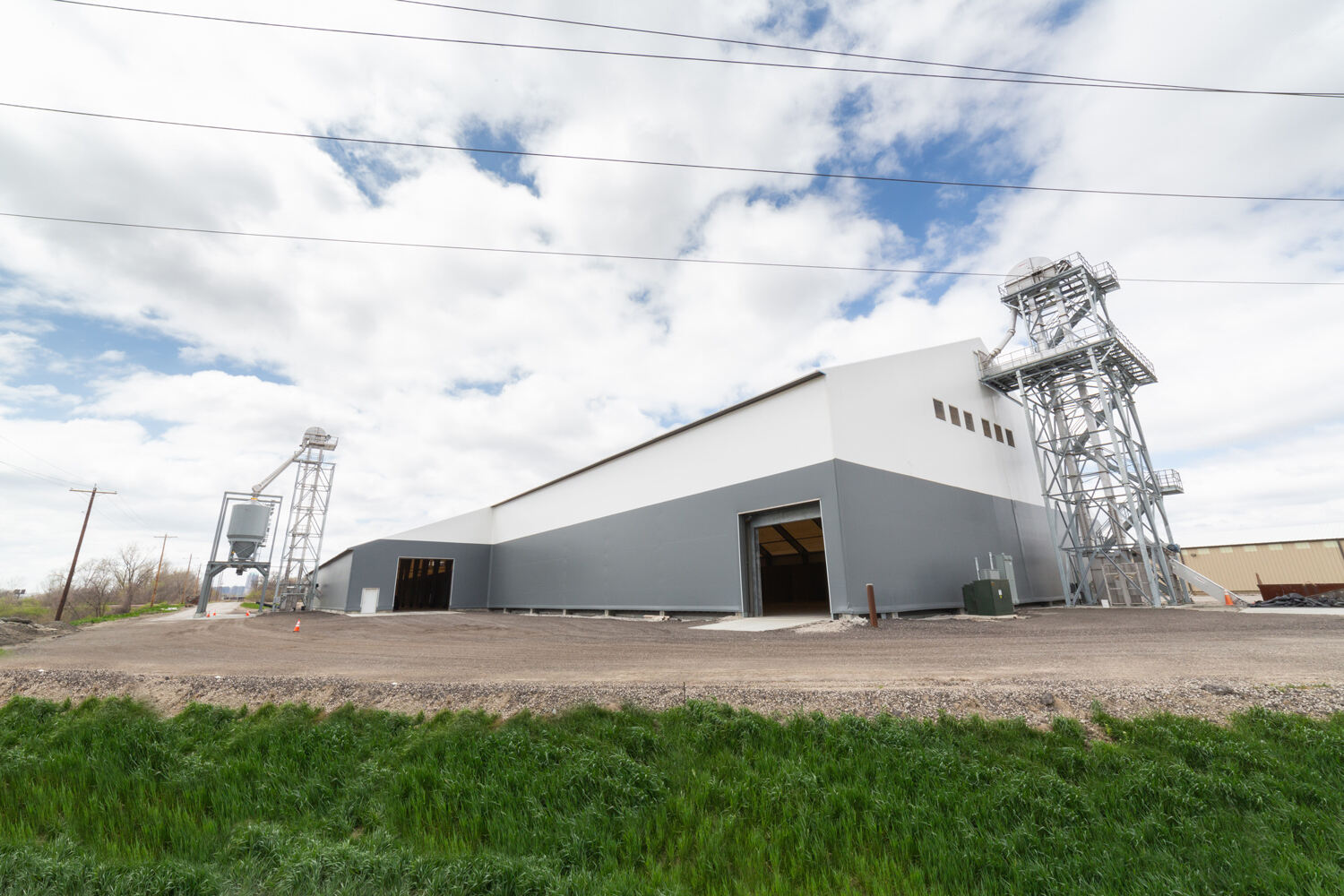 Lean-tos—This is a great way to extend a building with a partially covered area for parking, drive-thru lanes, or extra storage. This often provides an economical way to expand the building area in spaces where a full clear span is not required.
Lean-tos—This is a great way to extend a building with a partially covered area for parking, drive-thru lanes, or extra storage. This often provides an economical way to expand the building area in spaces where a full clear span is not required.- Varying sidewall column height— With varying wall heights, we can add variety to a structure. For example, your building could have 6’ walls on one side and 17’ walls on the other. The engineering challenge, similar to different roof heights, is that we may need to design multiple frames for the building.
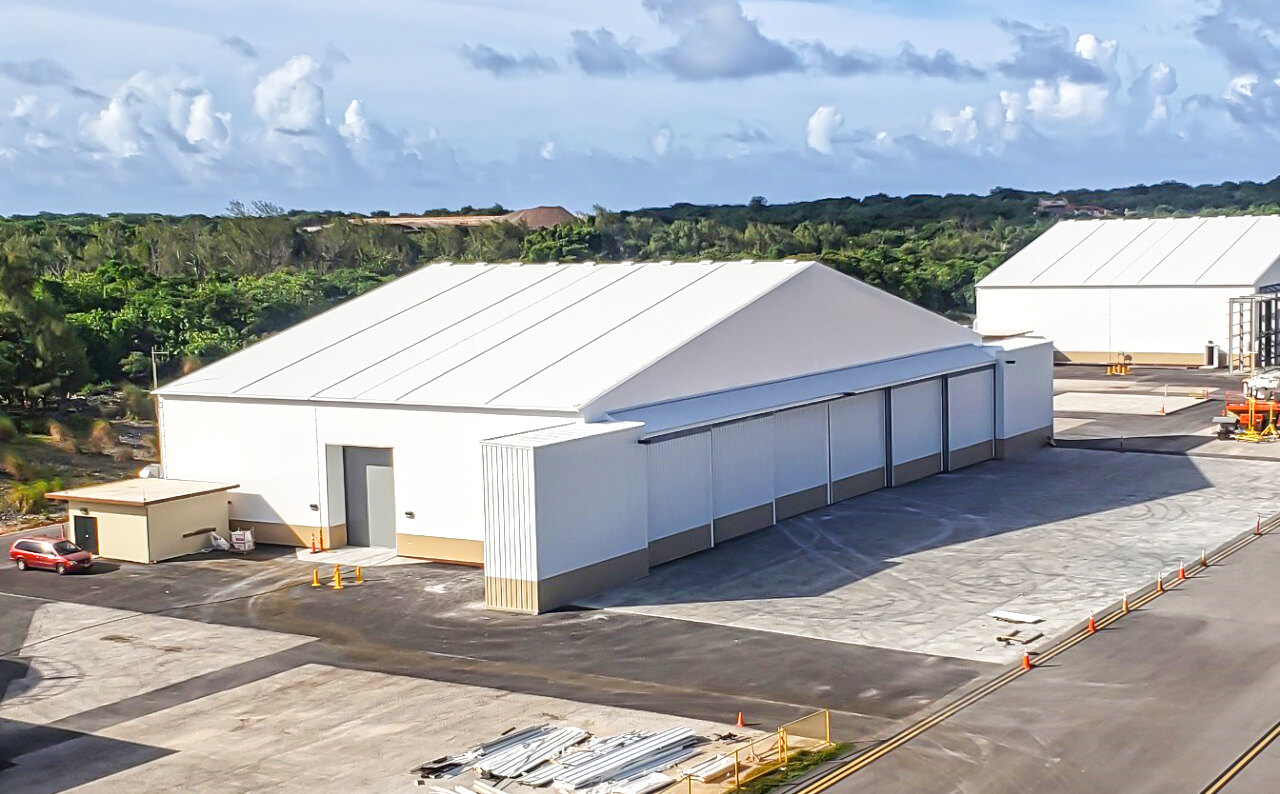 Exceptionally wide doors on our sidewalls—With our frames, we can add doors to our sidewalls that are 24 to 38 feet wide. This requires a jack beam that will carry one or more of the columns that would naturally come down in this area. Adding a jack beam means factoring in the additional loads to the adjacent columns to this large opening.
Exceptionally wide doors on our sidewalls—With our frames, we can add doors to our sidewalls that are 24 to 38 feet wide. This requires a jack beam that will carry one or more of the columns that would naturally come down in this area. Adding a jack beam means factoring in the additional loads to the adjacent columns to this large opening.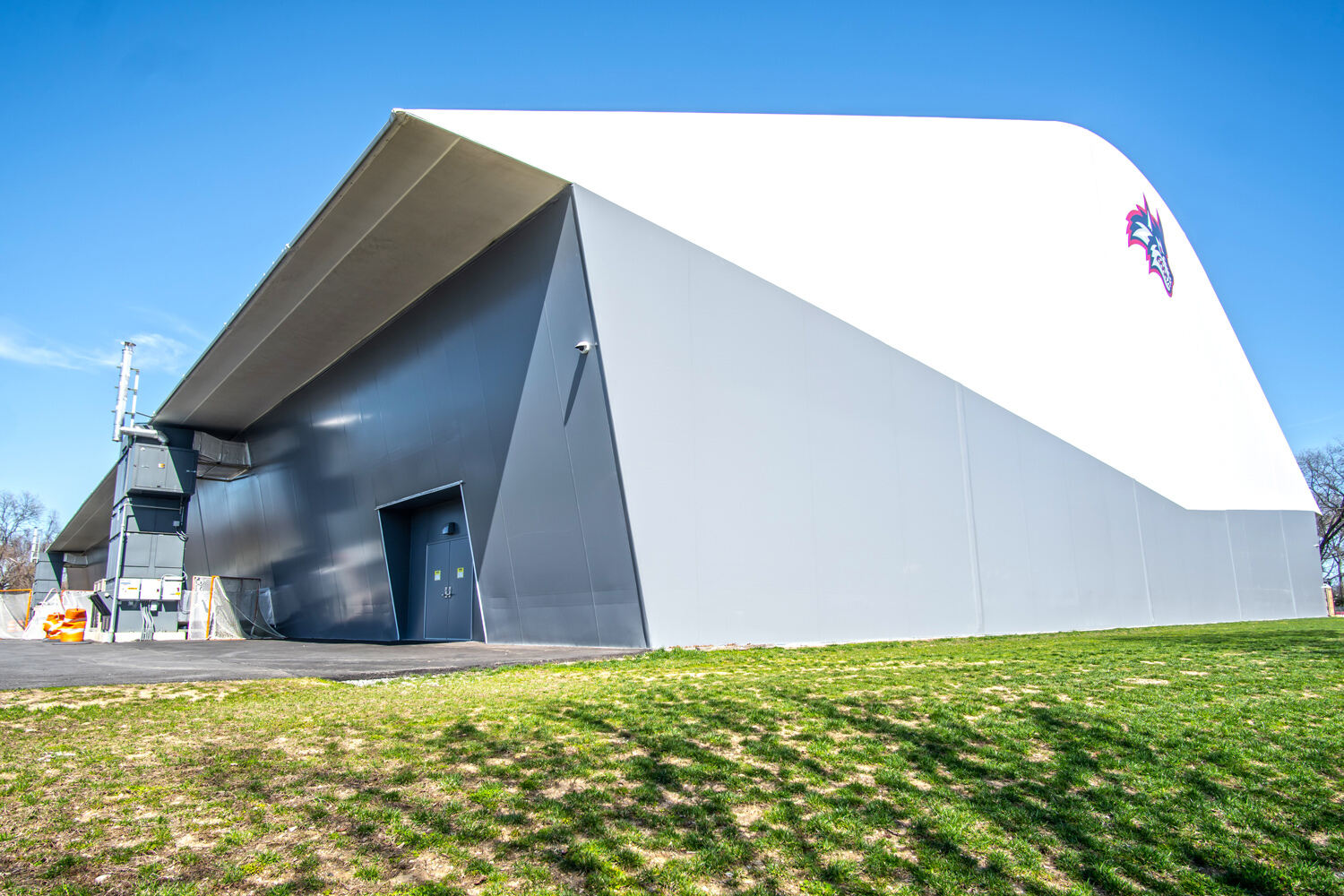 Sloped exterior walls– Typically we have straight walls on our structures, but we can design a sloped exterior wall if the project calls for it.
Sloped exterior walls– Typically we have straight walls on our structures, but we can design a sloped exterior wall if the project calls for it.
When Legacy first started out, we wanted to create tension fabric structures that were different from everything else we saw in our market. We designed buildings that performed differently, but they also had a unique, clean, crisp look that differentiated them from other fabric buildings. Our ability to add architectural features just added to the great look of our projects. If you are looking for something different, why not set up a meeting to talk with our engineering and design team?
Frequently Asked Questions
Yes. Legacy fabric buildings are 100% custom-designed—not off-the-shelf models. Every project starts with your specific needs, allowing for tailored features such as offset peaks, multiple roof heights, lean-tos, and unique wall coverings.
Fabric structures can include offset roof peaks, eave extensions, canopies, sloped walls, varying column heights, and wide door openings. These features enhance both functionality and aesthetics, creating buildings that stand out from standard fabric structures.
Yes. While Legacy specializes in all-fabric cladding, hybrid structures can be designed with traditional materials like steel, wood, brick, or concrete. Each requires specialized framing support, and Legacy engineers provide complete systems to integrate them seamlessly.
Absolutely. Legacy fabric buildings can be engineered with multiple roof heights to meet regulatory or functional requirements. For example, at Ontario International Airport, Legacy delivered a custom two-stepped roof design to comply with FAA clearance regulations.
Legacy’s rigid steel frames allow exceptionally wide doors, from 24 to 38 feet, in sidewalls. This is achieved using a jack beam system that redistributes column loads, ensuring structural integrity while providing the extra-wide access needed for vehicles or equipment.
Subscribe to our Blog
Recent Posts
- 5 Factors Every Project Owner Should Consider Before Approving Building Materials
- The 20-Year View: How Material Choices Impact Long-Term Operational Costs
- Climate Resilience in Commercial Construction: Why Traditional Methods May Not Be Enough
- Speed and Quality: The Role of Hybrid Building Materials
- Beyond the Bleachers: Designing Visually Striking Sports Facilities


